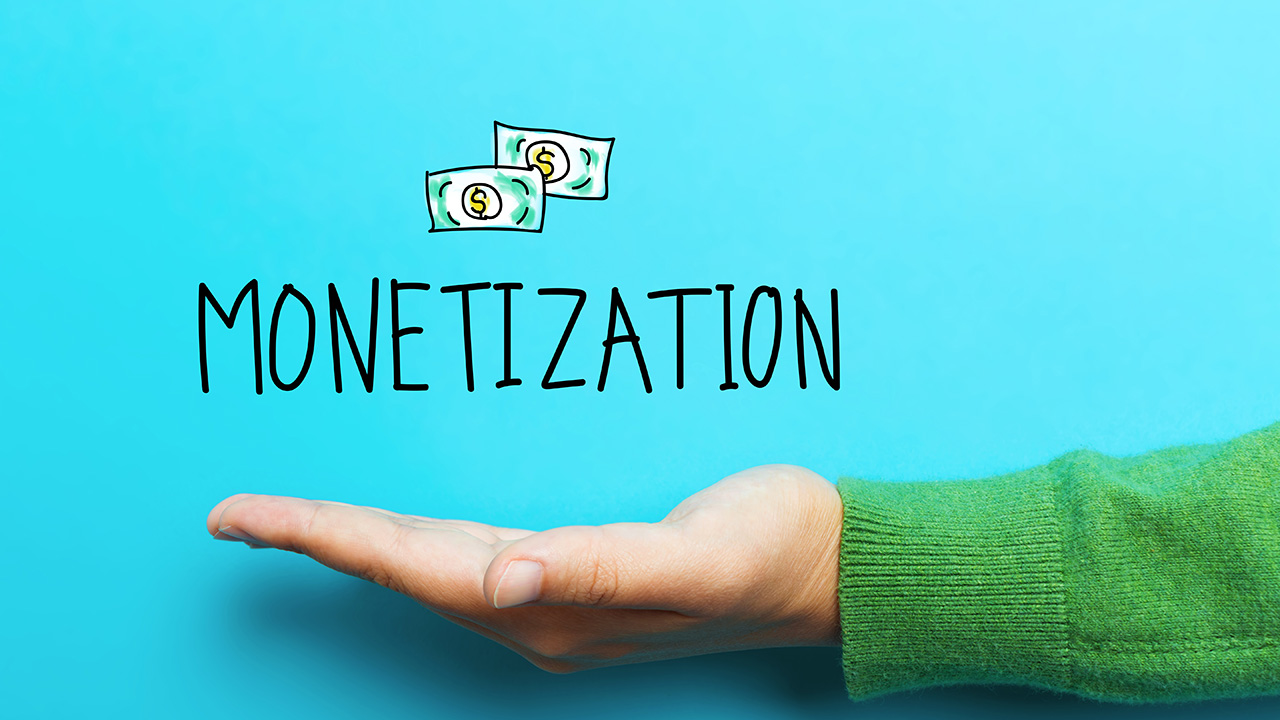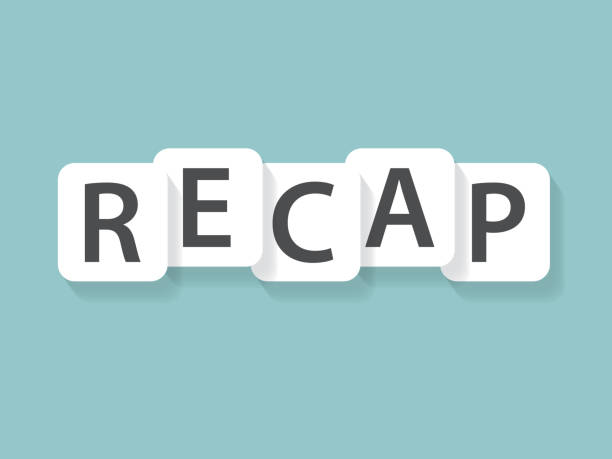Post-Webinar Q&A: Twitter For Your Business
VerticalResponse Webinars are not only free, but a great resource for small business email marketing and social media tips and advice. If you haven’t had a chance to attend one, check out all the great content we have planned as part of our Spring Webinar Series.
We get a lot of questions from our audience at the end of every webinar. Many of these questions and answers are applicable to all of our customers, so we thought it would be fun to share them with you. Here are some of the most relevant ones from our recent webinar, Twitter For Your Business, hosted by Ellery Long and Jill Bastian:
How do you feel about adding an occasional office-centered comment on a business’s Twitter account? For example, occasionally tweeting about something going on in our office instead of always tweeting about our products and services. (e.g., “Congrats to our employee of the month winners!”)
Not only do we think that kind of tweeting is okay, we encourage it! In fact, we recommend that the majority of your tweets focus on sharing content or interesting information with your followers rather than just direct promotion. There is no hard and fast rule about what this balance should look like, but a good rule of thumb is four “useful” tweets to every one self-promotional tweet. Useful tweets can be anything from a link to your company blog to an article or white paper about your industry. Remember, you already have many channels to promote your product (website, emails, direct) – use Twitter to engage and converse with your fans instead.
As for tweeting about happenings in your office, we love this! While people do follow brands for things like discounts and product information, many of your followers want to know more about your company itself. Twitter is the perfect medium to give your business a little personality!
If your business has multiple lines that are interlinked, but diverse in service, should you maintain separate Twitter accounts for each?
Like many questions about marketing, this one is best answered “it depends”. Maintaining separate Twitter accounts for multiple service offerings makes sense a lot of the time. For example, VerticalResponse has two Twitter accounts. @VR4SmallBiz is the main company account where we share the latest news and tips about VR, online marketing, and social media, while @supportVR is the account we use to provide our customers with an additional customer support channel. This works well for us because each of these streams serves different needs.
In some cases, though, it may not be practical to maintain multiple Twitter accounts for your business. Think about what lines of business or service offerings you want on Twitter and then decide whether their audiences are really different enough to warrant separate accounts. Also, make sure that you will have enough content to keep multiple accounts fresh. Ultimately, you don’t want any of your Twitter accounts to suffer because you’re spread too thin. One great Twitter account always beats a multitude of so-so ones.
How do you choose hashtags (#)? Is there a standard list/directory or do you simply try to find the ones being used the most and use those?
There is no standard list of hashtag (#) terms, but there are resources out there to help you identify the most popular terms being used. Tweet Meme, Trendistic, and Twitscoop are three sites that you can use to see what is popular, or trending, on Twitter. This can be useful if you want to jump into popular conversations and, hopefully, gain new followers. As for identifying which hashtags are being used to describe a particular category, your best bet is just a simple Twitter search. For example, if you are primarily tweeting about the financial industry and want to find out which hashtags are most popular for other tweets in this category, do a search for all the terms that you think might make sense. In this case, you might try #finance, #financialservices, and #banking. Look at your results for each search and pick the hashtag that has the most consistent activity. This is where potential customers looking for financial industry tweets are most likely looking.
Does Twitter Search look beyond hashtags? That is, can you search the text of a tweet whether or not the search term has been hashtagged?
Absolutely. Twitter Search functions like any other search engine you use, but just searches twitter.com for results. The only difference with using a hashtag before a searchable term is that the hashtag tells Twitter that you’re categorizing your tweet in a certain way. Twitter then turns the hashtagged term into a clickable link. Clicking the link will generate a stream of all the tweets using that same hashtag. Using popular hashtags pertaining to your business is a great way to make your tweets more visible to potential customers. An example of this is below:
What does #ff mean?
#FF (or #ff) is the hashtag most commonly used for “Follow Friday,” a Twitter tradition where you share other accounts you like on Friday. Follow Friday is a good way to share interesting accounts to follow with your current followers. It’s also a great method to give recognition to colleagues, partners, and customers who are also using Twitter.
How do we add sharing options (Facebook, Twitter, LinkedIn etc.) on our VerticalResponse emails so that recipients can re-post?
Our product team is working hard on a new Social Sharing feature set that will make this a one-step process when creating your email. In the meantime, we have put together an easy guide for how to add any kind of share buttons to your emails now. Check it out here and get sharing!
What advantages does Twitter have over other social media like Facebook? We have a lot of Facebook followers, but not many Twitter followers, so should Twitter still have a place in our marketing?
Twitter’s main advantages are its real-time quickness, the ability to join in conversations relevant to or about your brand, and the fact that it facilitates viral sharing. We recommend choosing two to three social networks and test out making them as successful as possible. For some businesses, Twitter doesn’t always make sense, but in many cases Twitter and Facebook are very complementary. For example, if you already have a good base of Facebook fans, use Facebook to encourage them to follow you on Twitter as well. Then you can use Twitter to post shorter, more regular updates and links as well as to drive traffic back to your Facebook page or company blog. Because the way Facebook prioritizes content, many of your fans rarely see your posts in their news feed. Twitter can be an effective way to let them know when you have new things to share.
Is there a way to retweet something, but still have the ability to add your own text to the original tweet?
Yes, you can do this for any tweet, but some tools make it easier than others. If you’re tweeting directly from the twitter.com website, the default funtionality when you click the retweet button is to post that retweet automatically without the ability to edit. Retweets sent this way will appear to your followers to have come from the account that sent the original tweet. Here is an example of how a retweet sent in this way will appear on your Twitter profile. Notice that Jenny’s tweet shows up in the @VR4SmallBiz tweet stream exactly as how she originally sent it, with no additional editing by us:
Alternately, you can still retweet someone, but add your own text to the tweet that gets published to your followers. Twitter tools like Hootsuite and Tweetdeck make this very easy, offering you the option to send immediately or edit first when you click the retweet button. If you’re doing all your tweeting from twitter.com, you’ll have to do a bit of a workaround. Rather than send your retweets using the retweet button, simply copy the tweet you want to repost, then paste that text into the message field. Next, type the text “RT @<insert user name>” before the text you just quoted. Now you’re ready to edit by placing your own thoughts before the RT. Here’s an example of this kind of retweet in action, we included the word “Woot!”:
Do these Twitter tools cost money? Or are they free?
All of the tools we mentioned in the webinar are free to use or at the very least, offer a free version that provides a few less features than the paid version. Some of the more robust monitoring services can get too expensive for many small businesses, but for the most part, the free tools should cover your needs. There are many tools out there, and VR doesn’t endorse any of them specifically, but here are the ones we covered in the webinar for your reference:
I know this is a lot of info, but hopefully, you’re inspired to get tweeting for your biz! You can always check out @VR4SmallBiz for more Twitter advice and help, as well as read our free social media guides.
© 2011 – 2018, Contributing Author. All rights reserved.



